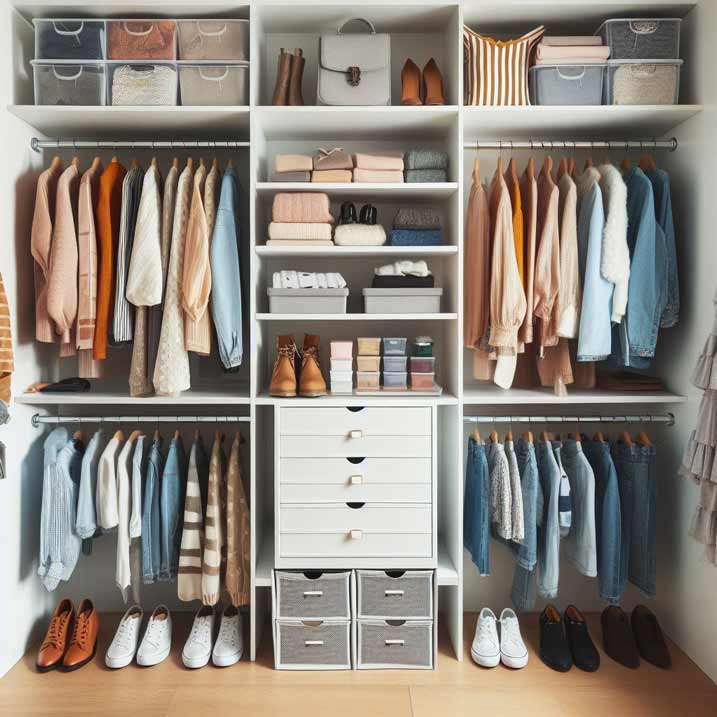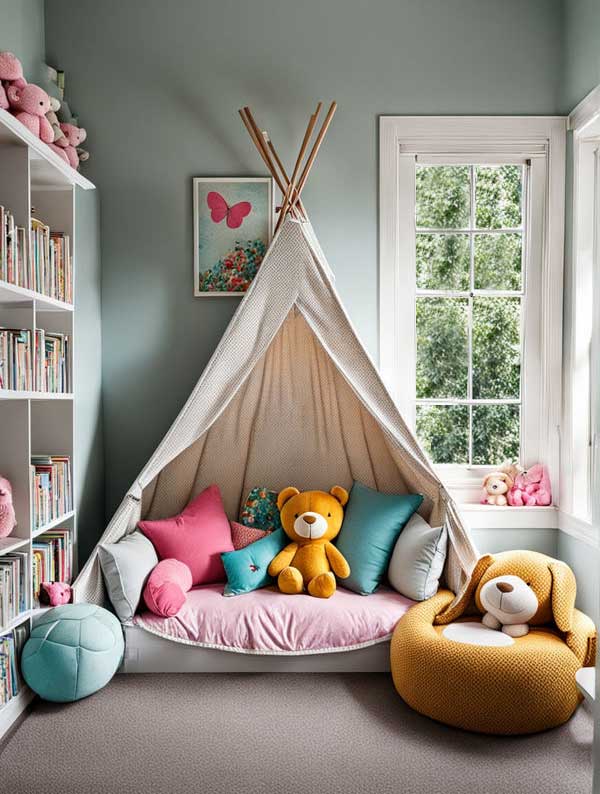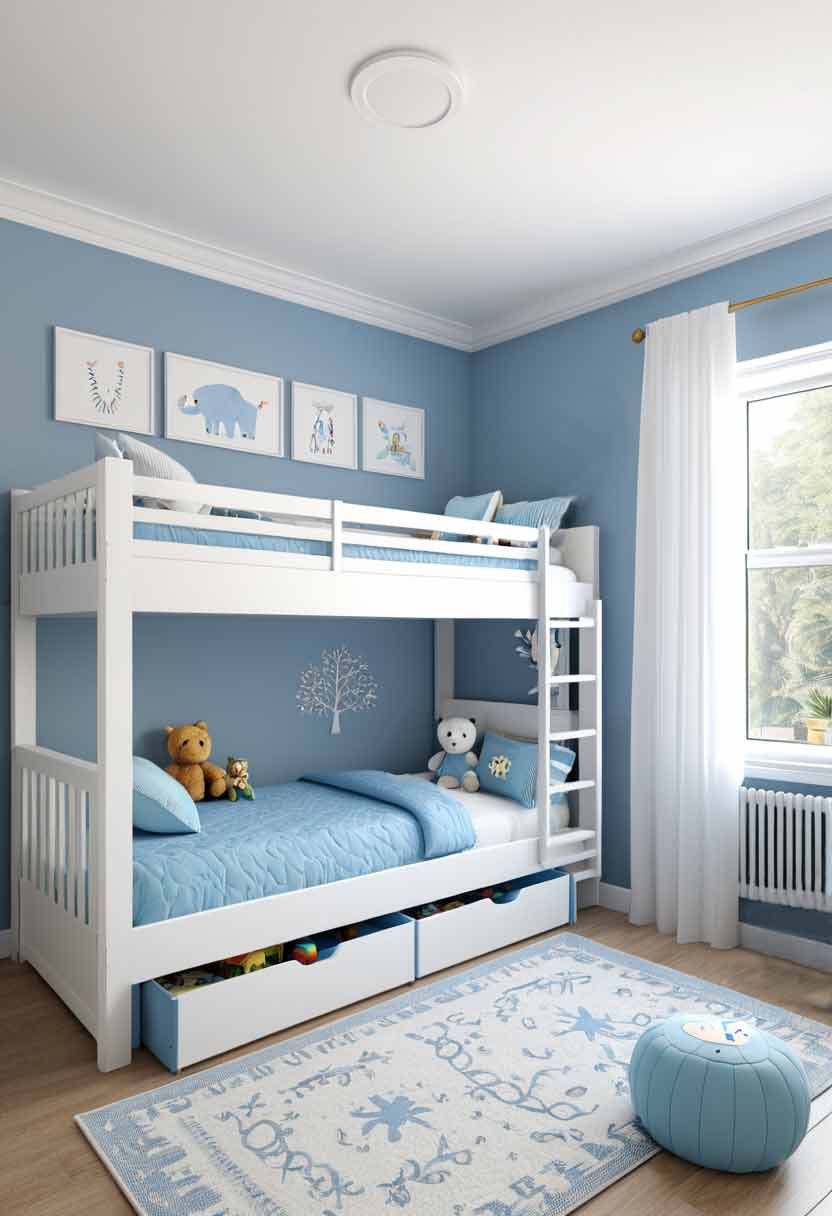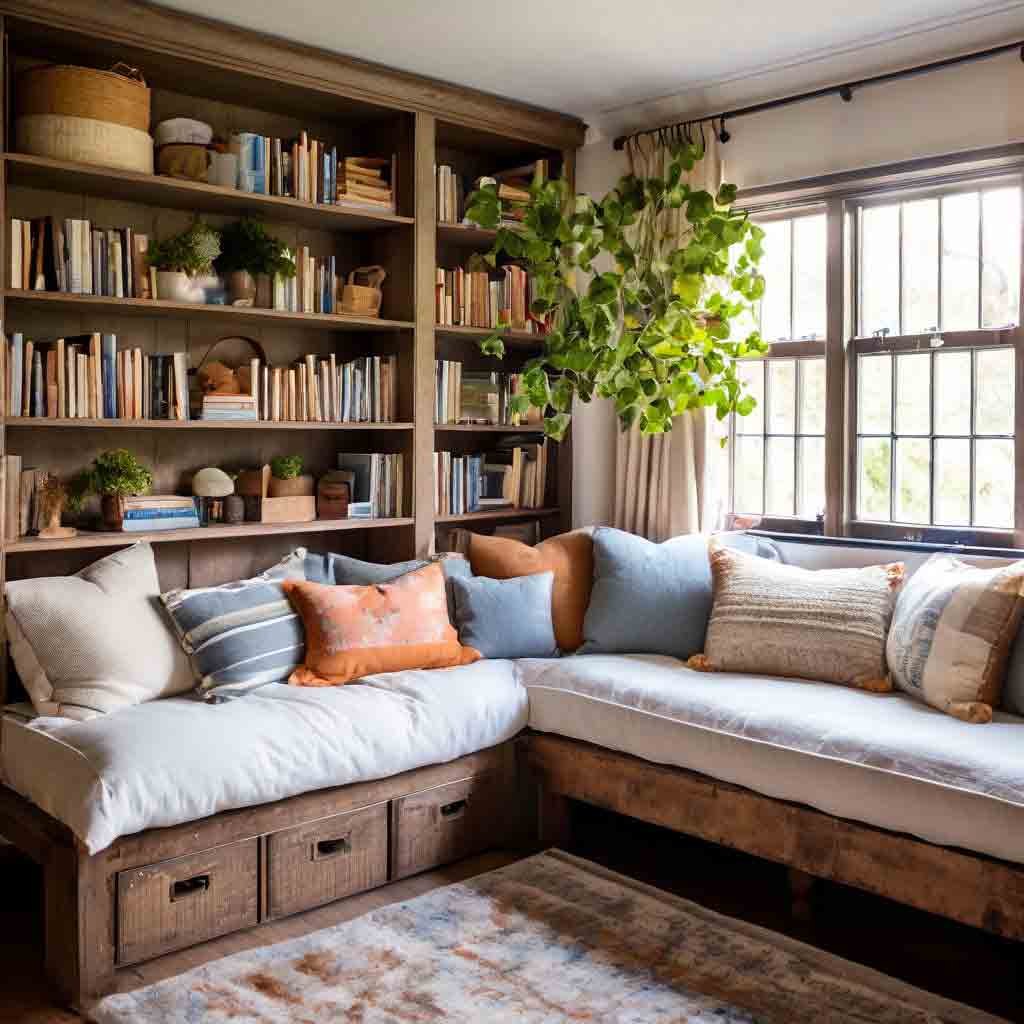This post may contain affiliate links which means we might earn a small commission if you decide to make a purchase through them (at no extra cost to you). Need more info? Click Here
A well-organized closet is not just a functional space, it’s also a reflection of your personal style. Imagine opening your closet doors each morning to a neatly arranged collection of clothes, shoes, and accessories, where everything has its place.
In this quick guide, we’ll take you through ten essential steps to help you transform your closet into an organized space where getting dressed each morning is a pleasure instead of a disorganized rush! Say goodbye to wardrobe chaos and hello to a clutter-free, efficient, and enjoyable dressing routine.
If you find this guide helpful, please consider pinning it 🙂
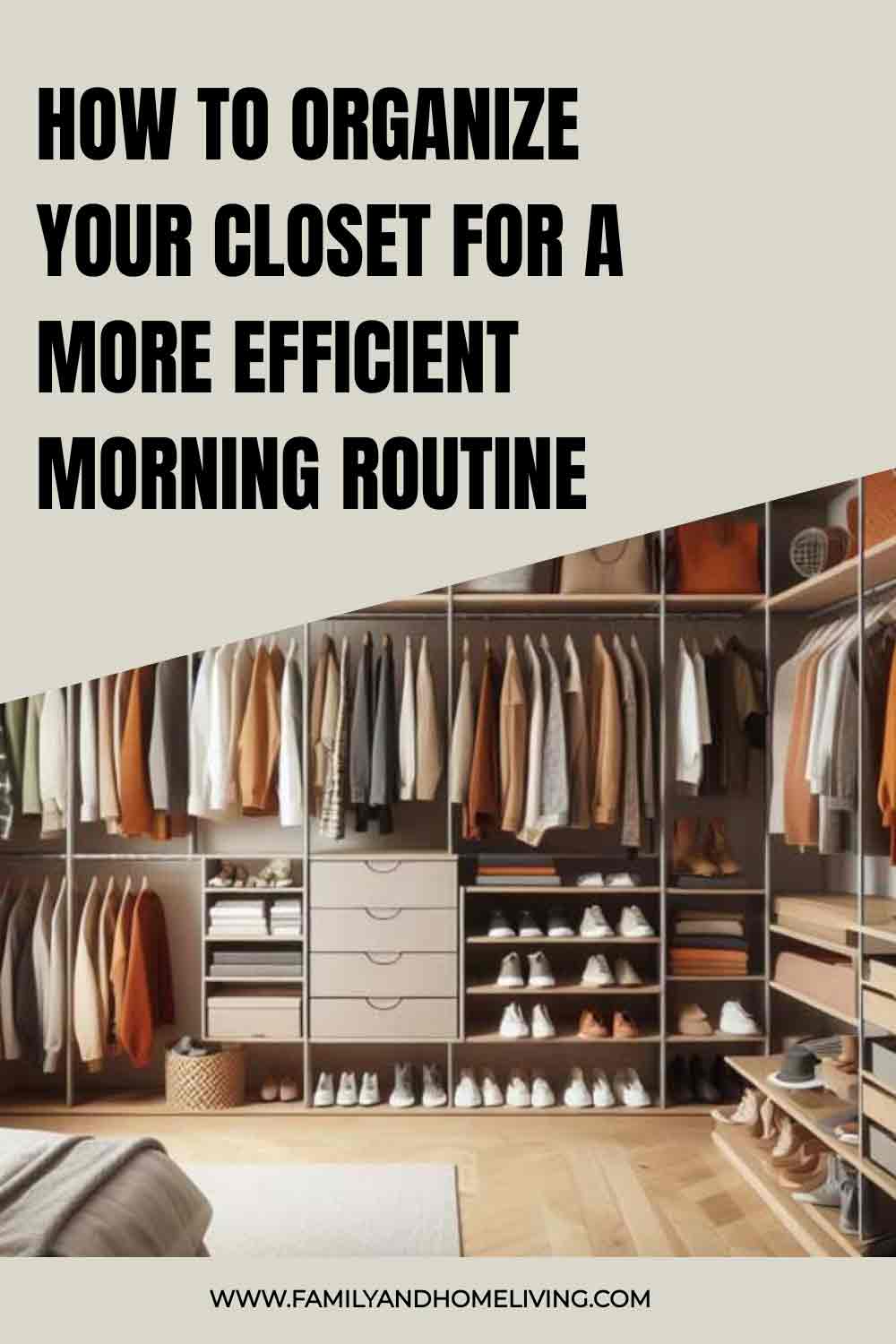
Step 1: Your Closet Space
The first step in an organized closet is understanding your space. Measure the dimensions, take note of any built-in shelves, rods, or drawers, and consider the layout of your closet. Whether you have a walk-in closet or a compact reach-in closet, knowing your space is crucial for creating an efficient organization plan.
Assess whether your closet layout suits your needs. If you find that your closet design doesn’t maximize its potential, consider customization options such as adding additional shelves, cubbies, or pull-out drawers to optimize the available space.
Step 2: Declutter Your Wardrobe
Before diving into the organization process, you need to declutter your wardrobe. A cluttered closet makes it hard to find what you need and can lead to unnecessary stress and frustration. Begin by pulling everything, creating a blank canvas for your organization project.
As you go through your clothing, ask yourself:
- Do you wear it regularly?
- Does it still fit your current style?
- Is it in good condition?
Create three piles: keep, donate, and discard. Be ruthless! If something isn’t being worn anymore or doesn’t bring you joy, it’s time to let it go.
Related:
Easily Declutter Your Messy Home! Step-By-Step Guide
7 Easy Steps To Declutter Your Home + Free Declutter Checklist
Step 3: Categorize Your Clothing
One of the easiest ways of sorting out a disorganized closet is by categorizing your clothing. Group similar items together, such as dresses, shirts, pants, and outerwear. Within each category, you can further organize by color or season, making it easier to locate specific pieces when you need them.
The goal is to create a system where you can easily find what you’re looking for without rummaging through a sea of garments. This step will also help you identify any gaps in your wardrobe so that you can make good decisions on your next shopping trip!
Related: Creating a Capsule Wardrobe: Simplify Your Style
Step 4: Invest in Quality Hangers
Investing in the right hangers can make a huge difference in your closet organization. Slim, non-slip hangers help to maximize your hanging space and prevent clothing from slipping off. Using wooden hangers for delicate items can help to maintain their shape. Using uniform hangers helps clothes hang evenly and reduce the risk of wrinkles and creases.
Step 5: Maximize Vertical Space
The vertical space in your wardrobe is more than likely not being used to its full potential. Add additional shelves, cubbies, or hanging spaces that can be used for folded clothing, accessories, or shoes.
Step 6: Use Storage Bins and Baskets
Storage bins and baskets are a great idea if you need to store smaller things like scarves, belts, underwear, or socks. You can use transparent bins to easily see what’s inside, or choose baskets to add a stylish touch to your wardrobe.
Get extra organized by labeling bins and baskets so that you can see exactly where each item is stored. This will help you quickly find accessories or smaller clothing pieces of clothing.
Step 7: Create a Shoe Organization System
Getting your shoes organized is probably one of the best things you can do because they tend to clutter up a wardrobe very quickly. Depending on your closet size a dedicated show storage and organization system can be a game-changer. here are a few ideas to get you started:
- Shoe racks: Adjustable shoe racks help to maximize your vertical closet space, giving you designated slots for each pair of shoes.
- Shelves: Install floating shelves to showcase your shoe collection while keeping them organized.
- Clear shoeboxes: Transparent plastic shoeboxes protect your shoes while making it easy to identify each pair.
For seasonal or less frequently worn shoes, consider storing them in labeled boxes or under-the-bed storage containers.
Step 8: Accessorize Your Closet
Adding things like hooks, tie racks, belt hangers, and jewelry organizers can really help to up your closet game! These simple wardrobe accessories not only give you extra space for smaller things but they also ensure that you don’t end up with a tangled pile of stuff at the bottom of your drawers.
- Hooks: Install hooks on the closet door or wall to hang bags, scarves, or belts.
- Tie and belt racks: Dedicated storage racks keep these accessories visible and accessible.
- Jewelry organizers: Choose jewelry organizers with compartments for necklaces, earrings, and bracelets.
By creating designated spots for your accessories, you’ll streamline your morning routine and protect your favorite pieces from damage.
Step 9: Maintain Regularly
Keeping your wardrobe organized is an ongoing task so you will need to regularly assess what you have especially when you buy new things. When you buy new things, consider using the “one in, one out” rule. For every new item you add to your wardrobe, remove one that you no longer wear or need. Doing this will help you to keep control over what you have and wear so that your wardrobe space doesn’t become cluttered, overcrowded, and messy again.
Step 10: Personalize
As you work toward an organized wardrobe you can look for personalization inspiration on Pinterest, home improvement shows, and decorating shows. Here are a few ways to make your wardrobe your own:
- Wallpaper: Add a touch of personality with stylish wallpaper on the closet’s interior walls.
- Full-length mirror: A full-length mirror inside your wardrobe is not only functional but also adds depth and elegance to the space.
- Lighting: Consider adding extra lighting to brighten up your closet and make it a pleasant space to get dressed.
Final Thoughts
An organized closet isn’t just about cleanliness and tidiness; it’s about streamlining your daily routine and creating a peaceful space where you get ready for each new day.

